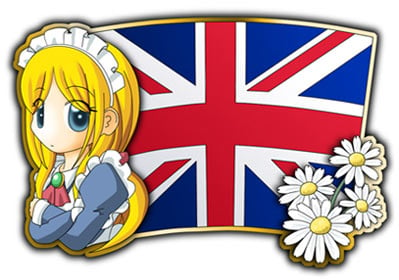Japan uses kanji characters to communicate written meaning, a system that has worked for the Chinese for the past 3000 years or so. Although they may look like random chicken scratches at first, there’s a lot of logic built into these little characters. For example, all kanji that have to do with expressing reading, speaking or language have the character for “to say” on the left side (it looks like a stack of books on a table), while characters that have to do with the sky (cloud, lightning/thunder, etc.) have the character for “rain” as part of their structure. Happily, the Japanese have been quite good at reforming their written language in the decades after World War II, standardizing how kanji are written and ejecting hundreds of old, archaic characters that no one needs to know. Some examples of these retired characters include kanji names for animals like wani (alligator, which is 鰐, nobody wants to have anything to do with that) and the dozens of unique kanji for all the birds, and now the “official” way to write these names is katakana.
















